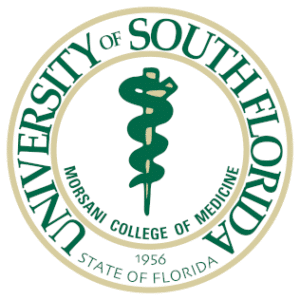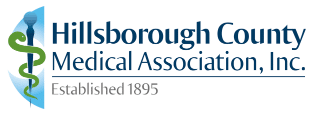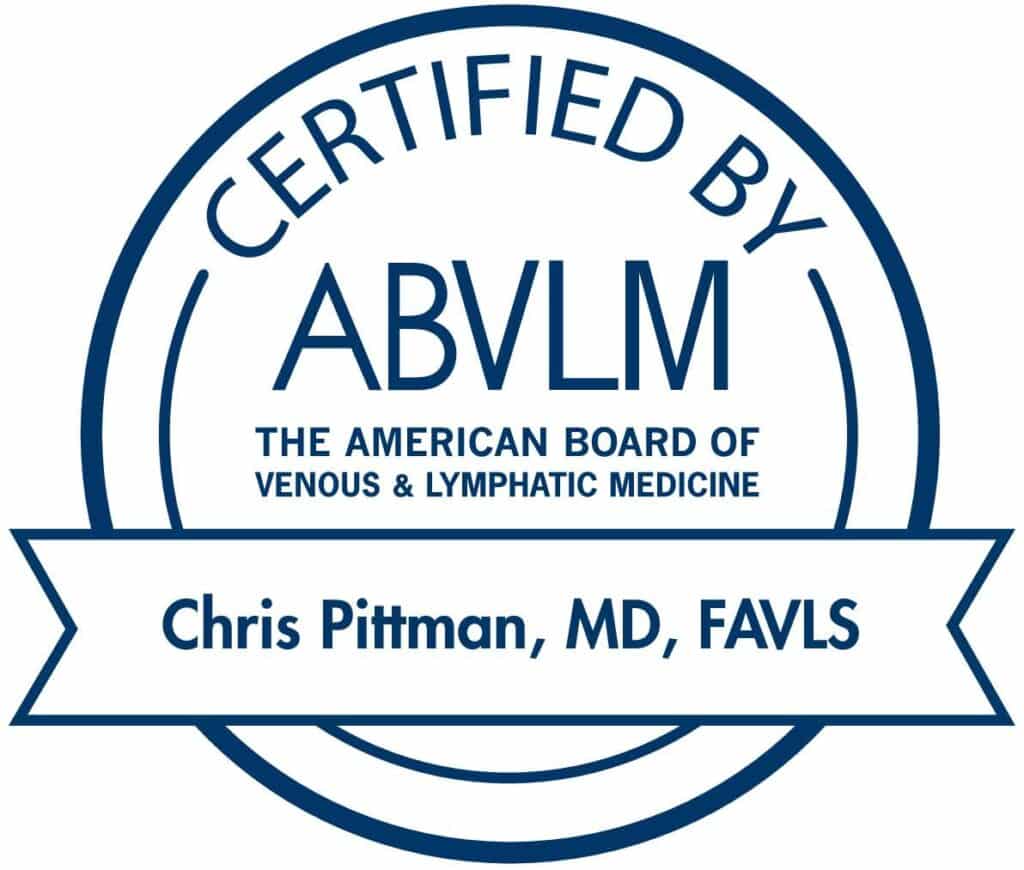 Restless leg syndrome (RLS) is a condition characterized by a compelling urge to shake or otherwise move the legs in response to uncomfortable sensations, such as burning, tingling, or crawling. RLS is sometimes associated with venous insufficiency, which occurs when the veins in the legs struggle to return oxygen-depleted blood to the heart.
Restless leg syndrome (RLS) is a condition characterized by a compelling urge to shake or otherwise move the legs in response to uncomfortable sensations, such as burning, tingling, or crawling. RLS is sometimes associated with venous insufficiency, which occurs when the veins in the legs struggle to return oxygen-depleted blood to the heart.
Living with an invisible—but very real—condition like restless leg syndrome can be difficult, frustrating, and exhausting. The experienced team of vein care specialists at Vein911® Vein Treatment Centers in Tampa, Florida, offers these seven tips for managing RLS caused by vein disease:
1. See a Vascular Specialist
If you have varicose veins, spider veins, or other symptoms of vein disease—in addition to symptoms of RLS—it is important to consult with a qualified vein care physician. After completing a thorough evaluation, which may include Doppler ultrasound imaging, your physician can determine if you have vein disease and recommend an appropriate treatment strategy if needed. Restless leg syndrome caused by venous insufficiency usually improves or resolves after the underlying vein issue is addressed. For instance, recent studies show that most people who have both restless leg syndrome and varicose veins experience dramatic RLS symptom improvement after sclerotherapy.
2. Wear Compression Stockings
According to the National Institutes of Health (NIH), external pressure applied to the legs can serve as a counter-stimuli to the unpleasant sensations caused by RLS. Because the pressure created by compression hose is more apparent than the RLS-related throbbing or itching, the perceived discomfort diminishes. Therefore, compression therapy is one of the easiest and most effective ways to ease the symptoms of vein disease and restless leg syndrome. For this reason, many health insurance plans (including Medicare) will cover varicose vein treatment after medical-grade, graduated compression stockings are worn for several weeks. Your physician can suggest an appropriate compression product and explain how to use it for maximum effectiveness.
3. Follow a Consistent Sleep Routine
Establishing and maintaining a regular sleep schedule can significantly improve RLS symptoms. This includes a set bedtime and wake-up time with 7-9 hours of uninterrupted sleep in between. Daytime naps, stimulants such as caffeine, and depressants such as alcoholic beverages should be avoided because they can interfere with nighttime rest. Before bedtime, many people use relaxation techniques, such as meditation and yoga, which can help them fall asleep faster and minimize the restlessness associated with RLS.
4. Put Your Feet Up and Relax
Simply put, leg elevation is the practice of raising your legs above the level of your heart when you are sitting or lying down. By elevating your legs, you can reduce the strain on your heart by capitalizing on the effects of gravity, which can help the blood in your lower extremities flow more efficiently in the right direction (toward your heart) and also make it easier for your circulatory system to transport accumulated fluids. This in turn can help reduce swelling and inflammation, promote good blood circulation, and reduce your risk of ulceration and blood clots.
5. Consume a Nutritious Diet and Stay Well-Hydrated
A deficiency in a certain nutrient, such as iron, magnesium, or zinc, can cause or contribute to the development of RLS. In general, it is best to consume a varied diet that is rich in anti-inflammatory foods, such as fruits, vegetables, and foods containing omega-3 fatty acids, which can help reduce inflammation throughout your body and improve your vascular health. By drinking plenty of water, you can promote good blood circulation and reduce the frequency and severity of any discomfort associated with vein disease. Furthermore, wholesome eating and proper hydration can help you achieve and maintain a healthy body weight, which can ease the burden on your leg veins and circulatory system.
6. Identify and Avoid Your Triggers
Like many people, you may find that some factors tend to bring on an episode of restless leg syndrome or increase its intensity or duration. Some common RLS triggers include:
- Taking certain medications, such as some antihistamines, anti-nausea drugs, beta-blockers, antidepressants, and antipsychotics
- Experiencing stress or anxiety, which can cause restlessness
- Drinking caffeinated beverages such as coffee, tea, and soda, which are stimulants that can interfere with sleep
- Sitting or lying down for an extended period, such as when watching a movie or taking a trip by plane
7. Exercise Regularly
Exercise can reduce the severity of restless leg syndrome in several ways. First, as your muscles repeatedly contract and relax, they will squeeze the veins in your legs and promote healthy blood circulation, even in stagnant areas. Second, physical activity will prompt your body to release “feel-good” endorphins that can reduce stress and promote sleep. Third, exercise can boost your body’s production of dopamine, a natural pain reliever. In addition to these benefits, a regimen of moderate, low-impact activities like walking and cycling can strengthen your calf muscles, which play a vital role in aiding blood circulation. Before starting a new workout routine, be sure to talk with your physician to confirm that the activities you are planning are safe and appropriate for you.
Turn to Vein911® Vein Treatment Centers
In sum, if you suspect that your RLS symptoms may be related to vein disease, seeking specialized medical attention is paramount. Contact Vein911® Vein Treatment Centers today to request a consultation with a vein care specialist in Tampa, FL. Veins are all we do! By following our personalized advice along with the above seven tips, you can effectively manage your discomfort and improve your vascular health.











